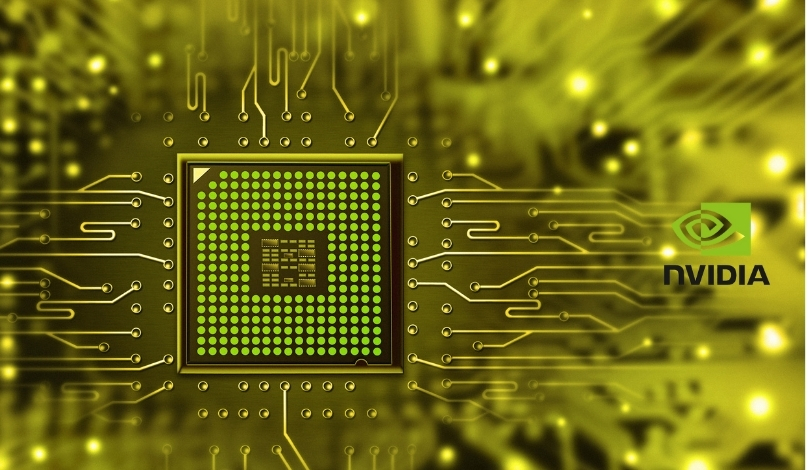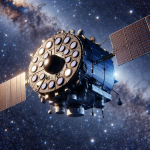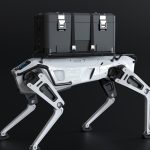At RoboBusiness 2025, set for October 15 in Santa Clara, California, attention will center on the advancement of robotics powered by artificial intelligence. Deepu Talla, vice president of robotics and edge AI at NVIDIA, is scheduled to deliver the opening keynote, highlighting the role of “Physical AI” in the evolution of intelligent autonomous machines. Industry professionals, developers, and investors are expected to gain insights into how emerging technologies like real-time simulation, adaptable neural models, and collaborative ecosystems are influencing robotics across both commercial and industrial domains. As industries look to streamline production and logistics, discussions at the event are likely to examine the real-world impacts of shifting from programmed automation toward learning-enabled robots.
Efforts to mesh generative AI models with robotics have gained momentum over the past two years, with NVIDIA at the center of this development. While previous conferences emphasized algorithm improvements and robotic hardware, this year brings a stronger emphasis on the integration of foundation models in robotics, especially for real-world, unstructured tasks. Newer initiatives such as the NVIDIA Isaac GR00T N1.5 and synthetic motion data tools signal a pivot toward customizable, broadly applicable AI frameworks, surpassing the narrower, task-specific deployments announced in earlier product cycles.
What Is Physical AI’s Role in Robotics Today?
Physical AI combines perception, reasoning, and real-time decision-making, enabling robots to operate dynamically in complex environments. The concept advances beyond static automation by empowering robots to learn, adapt, and function autonomously in situations with higher variability. NVIDIA’s approach aims to integrate these capabilities for use in various industries, paving the way for more flexible robotic applications.
How Is NVIDIA Expanding Robotic Capabilities?
The company’s Isaac platform, now adopted by brands ranging from Agility Robotics and Boston Dynamics to XPENG Robotics and General Robotics, reflects this shift toward adaptable AI systems. Isaac GR00T N1.5, the latest iteration of NVIDIA’s open foundation model, supports the training and deployment of humanoid robots with advanced reasoning abilities. Meanwhile, Isaac GR00T-Dreams provides a blueprint for generating synthetic data, which assists in the simulation of movement and behavior for future robotic upgrades.
What Can Attendees Expect at RoboBusiness 2025?
The agenda will feature over 60 speakers, including leaders from companies such as ABB, Amazon Robotics, Ambi Robotics, and Diligent Robotics. Six conference tracks are set for discussion, including new additions focused on physical AI and humanoids, as well as expanded segments on field robotics. Networking sessions, workshops, and a startup competition offer attendees practical venues for exchanging ideas, while the event’s co-location with DeviceTalks West brings interdisciplinary perspectives from the medical technology sector.
“The big bang of generative AI for the physical world is here,”
Deepu Talla stated, highlighting the shift toward robust physical AI architectures.
“It marks the beginning of a new era where intelligent machines help power the $50 trillion global economy.”
The emphasis will be on direct collaboration with robotics partners using simulation-first development and real-time deployment at the edge, aiming for scalable advancement in robotic intelligence. Keynotes and panel discussions will provide further evaluation of AI integration and commercialization strategies for autonomous systems.
Developments from NVIDIA and its partners demonstrate an ongoing shift in robotics from isolated, rule-based systems toward generalizable AI-driven machines. For stakeholders considering investment, development, or deployment, understanding these industry movements is essential as companies leverage platforms like NVIDIA Isaac to reduce time to market and expand robot utility. The collaborative focus highlighted at RoboBusiness 2025 suggests that future progress in robotics will depend not only on technology improvements but also on industry-wide cooperation and alignment toward practical, scalable solutions. For professionals and businesses interested in robotics trends, keeping an eye on how foundation models and simulation-first approaches are adopted across sectors will provide useful guidance for decision-making and strategic planning.










